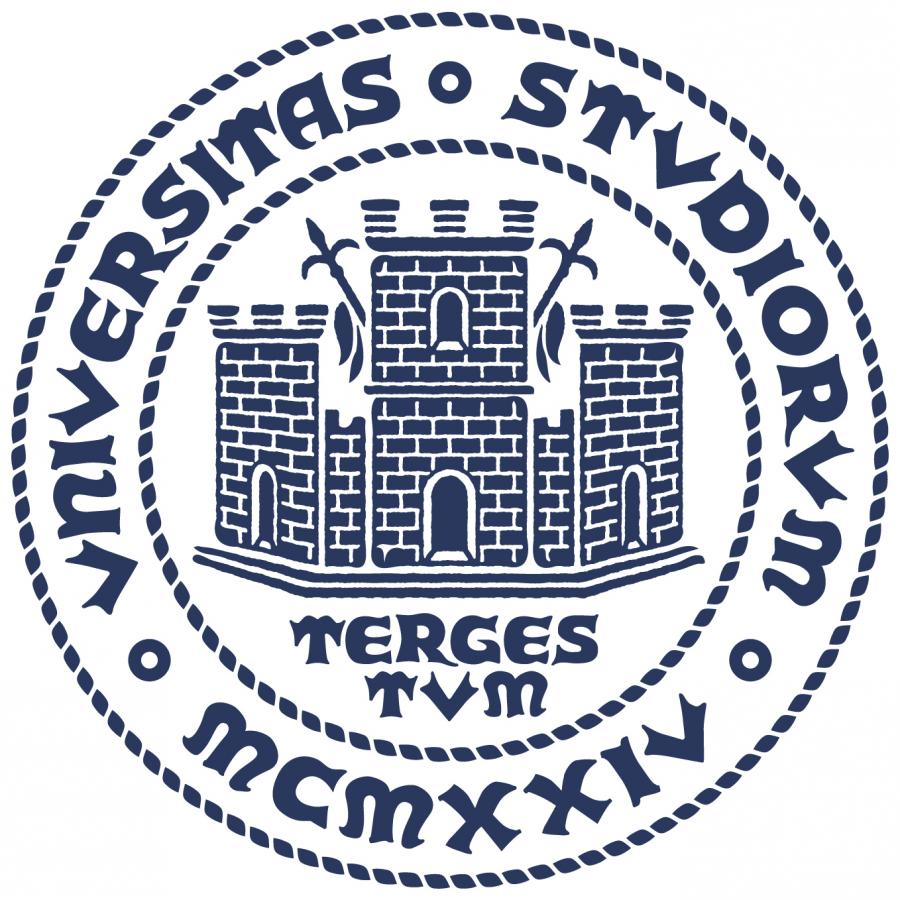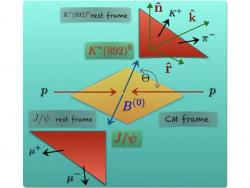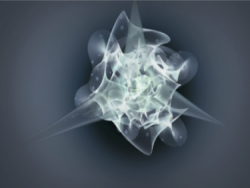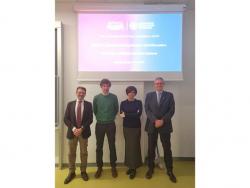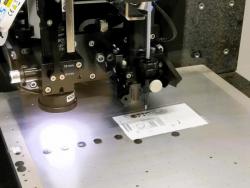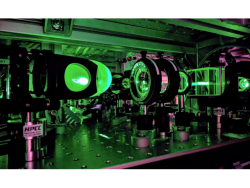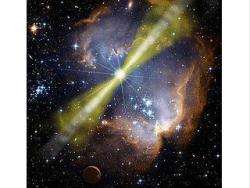- Home
- Department
- Research
- Teaching
- Post Graduate Studies
- Knowledge Transfer
- How To
Cosmology
Research Strand:
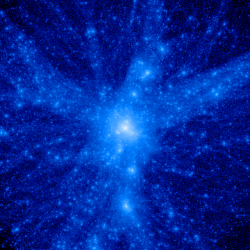 Research activity:
Research activity:1. Computational cosmology: numerical simulations for the formation of cosmic structures, such as galaxies, clusters of galaxies, intergalactic medium, and large-scale structure of the Universe; development of new models for star formation and feedback (see also Galaxy Formation); development and tests of hydrodynamical methods for astrophysical simulation; re-engineering of simulation codes for next-generation exascale supercomputing facilities.
2. Observational probes of cosmological models: analysis of the evolution of the mass function of galaxy clusters, forecasts for future surveys in optical/near-IR and X-ray bands and in the Sunyaev-Zeldovich (SZ) effect, large-scale clustering of galaxies and clusters of galaxies in preparation for the EUCLID mission. Cosmological exploitation of optical/NIR (SDSS, DES), SZ (SPT, Planck) cluster surveys.
3. Production of simulated galaxy catalogs using approximate methods: in order to estimate the error on cosmological parameters obtained from the analysis of large-scale structure as traced by galaxies, and in order to control systematics in the clustering measurements, we need to produce a large number (thousands) of simulations of the observable Universe. This program is unfeasible with standard N-body codes, so we resort to approximate methods for the evolution of the large-scale structure. One of these methods, PINOCCHIO, is being developed in Trieste.
4. Comparison between multi-wavelength observational properties of galaxy clusters and predictions from simulations: scaling relations of X-ray and SZ properties, mass estimates from X-ray observations and from weak/strong gravitational lensing, study of the properties of the simulated galaxies in clusters, observational and simulated propertiers of clusters and proto-clusters (see also Clusters of Galaxies).
Info
Last update: 02-17-2025 - 12:53
